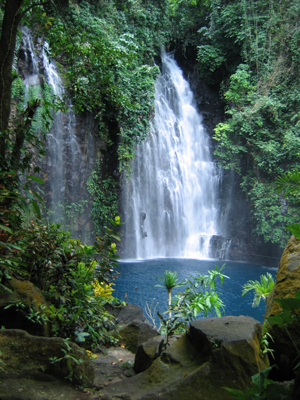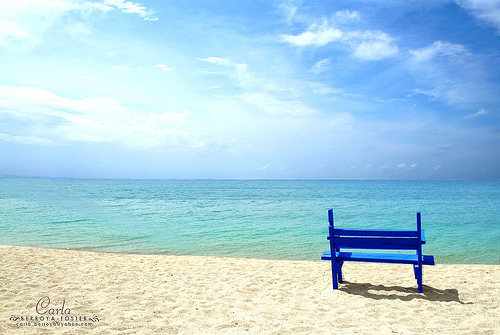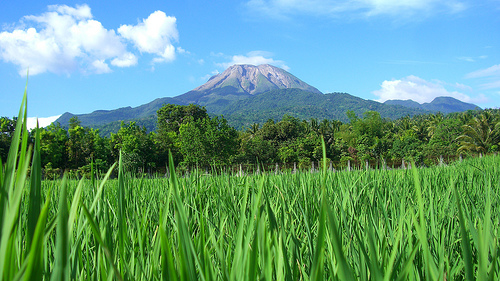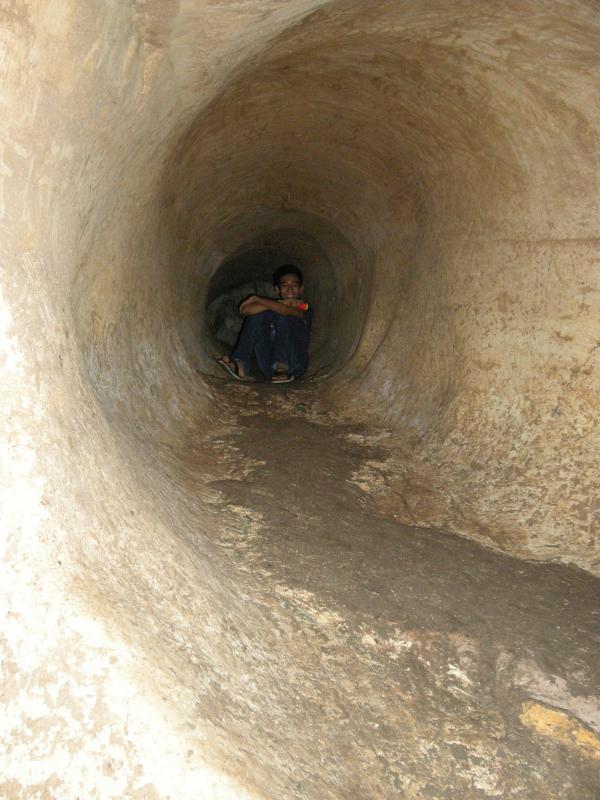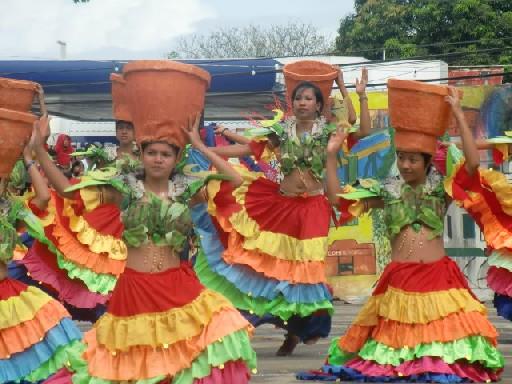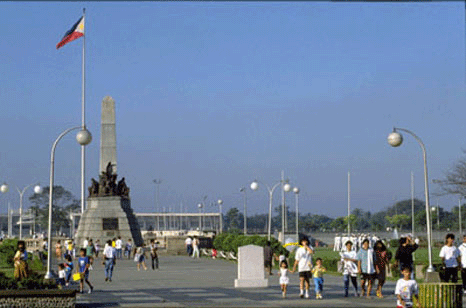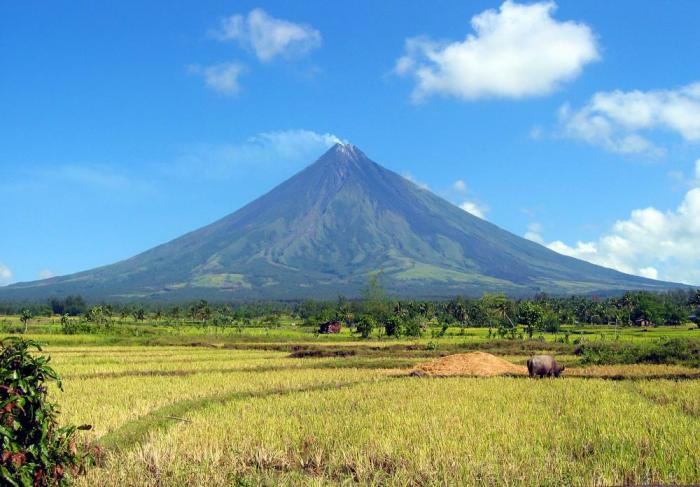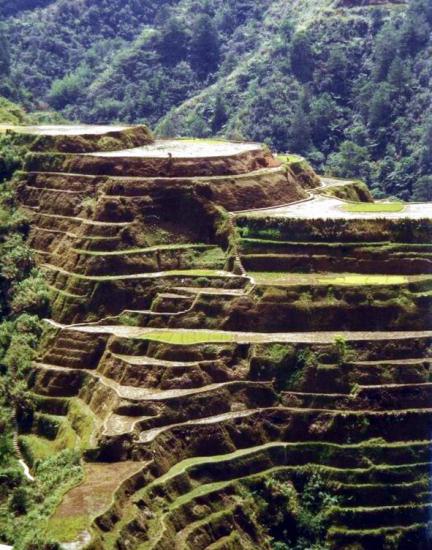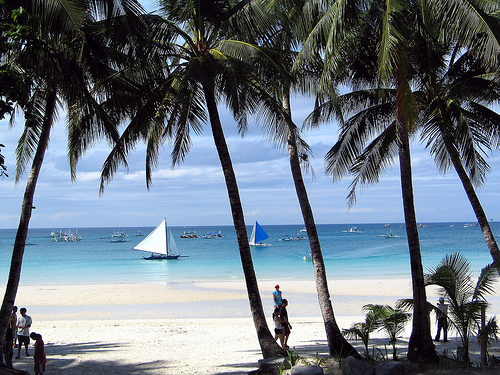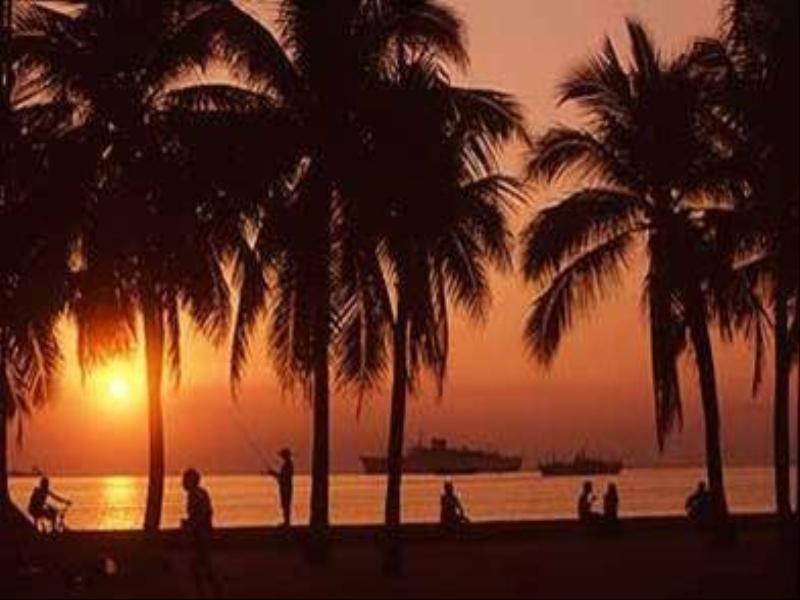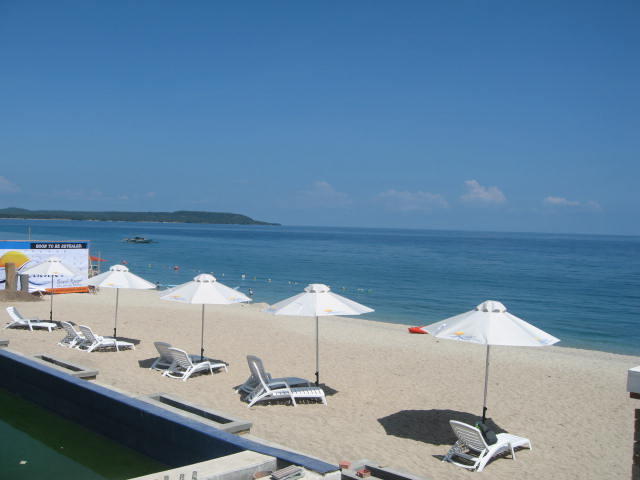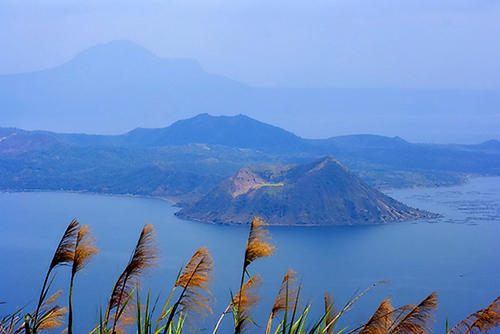Posts Tagged ‘World War II Historical Places in Bataan’
DEATH MARCH MARKER
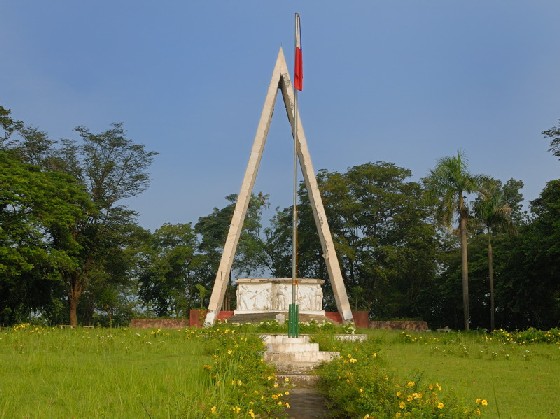 Photo from: trekearth.com
Photo from: trekearth.com
Zero Kilometer Death March Marker – Starting point of the infamous Death March. Marked the start of the March of Death of the American and Filipino Soldiers in 1942, going to Camp O’ Donnell in Capas, Tarlac. It is believed that an estimated 5,000 to 10,000 Filipinos died in this historic march.
The Death March of Filipino and American prisoners of war from Mariveles and Bagac to Camp O’ Donnell, Capas, Tarlac, April 1942. Immediately after the fall of Bataan on April 9, 1942, the US Filipino forces were executed by the Japanese from the Field of Battle as Prisoners of War. The more than 70,000 Filipino and American Troops who had survived the battle of Bataan underwent in this evacuation, the ordeal that history now knows as the death march.
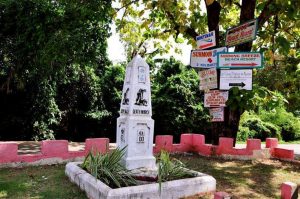 Photo from: https://travellingcam.wordpress.com/2010/12/26/bataan-death-march-markers/
Photo from: https://travellingcam.wordpress.com/2010/12/26/bataan-death-march-markers/
The picture above is a Bataan Death March Marker which commemorates the forced journey of 76,000 Filipino and American WWII prisoners of war over 128 km (80mi) with limited food and water. The road from Mariveles, Bataan to Capas, Tarlac is peppered with these markers.
The Bataan Death March started on April 10, 1942, a day after the Fall of Bataan. Bataan is a province Northwest of Manila and, with the island of Corregidor, was the last defense of Manila against the Japanese during World War 2. The surrender of these two defense posts forced the United States to surrender the Philippines completely to the Japanese.
The Bataan Death March was intended to transfer the surrendering soldiers from Bataan to a Japanese war camp in Tarlac. The Japanese did not anticipate the number of surrendering prisoners after the 3 month battle for Bataan, and did not have enough capacity on freight trains. The journey was fraught with sickness, heat, and cruelty to the prisoners, and thus earning a spot on the Japanese War Crimes list. Only approximately 50,000 soldiers survived the march. Read More: https://booksinthekitchen.wordpress.com/2012/04/10/ww13-weekly-photo-challenge-journey-bataan-death-march/
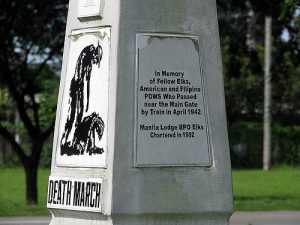 Photo from: https://www.flickr.com/photos/storm-crypt/2963741029/?ytcheck=1
Photo from: https://www.flickr.com/photos/storm-crypt/2963741029/?ytcheck=1
When Bataan fell on April 9, 1942, it was just a matter of time that the last Filipino-American stronghold in Corregidor would fall. The Philippines would commemorate April 9 as an annual holiday – Araw ng Kagitingan or Day of Valor, also known as the Bataan and Corregidor Day. On May 6, 1942, after months of heavy bombing, the little island of Corregidor surrendered.
Around 75,000 American and Filipino soldiers surrendered.
Only around 54,000 reached the destination after what is now infamously known as the Death March. Many more died in the prison camps.
The prisoners marched from Bataan to prison camps in San Fernando (Pampanga) and Capas (Tarlac). The more than 100-kilometer walk was characterized by inhumane physical abuse and murder. Deprivation of food and water, throat slitting, casual shooting, bayonet stabbing, beheading, disembowelment. Those who helped the sick and the injured were attacked by the Japanese military. They were “more fortunate”, though, for those they tried to help were killed.
Today, the path of suffering is marked by white markers, designating the kilometer number. Read More: http://visitpinas.com/mt-samat-trip-journey-to-dambana-ng-kagitingan-in-bataan/
TABLE OF CONTENTS
The Historical Province of Bataan
World War II Historical Places in Bataan
Wonderful Beaches and Resorts in Bataan
Other Interesting Places in Bataan
Special Events and Festivals in Bataan

